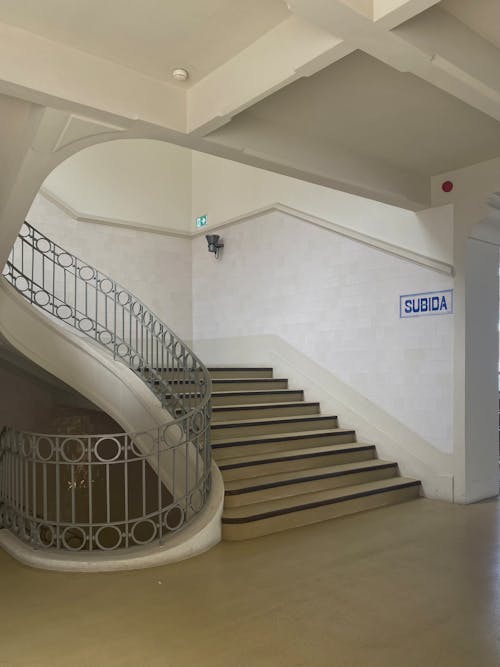Terrazzo flooring is a versatile and timeless material that has been used for centuries in numerous architectural applications. From ancient civilizations to modern interior design, terrazzo has evolved to become a popular choice for flooring due to its durability, beauty, and sustainability. In this comprehensive post, we will go deeply into the rich history, composition, and maintenance of terrazzo flooring, shedding light on its enduring appeal and practical considerations.
- A Brief History of Terrazzo:
- Explore the origins of terrazzo flooring, which can be traced back to ancient Egypt and Mesopotamia, where crushed stone and lime were used to create durable surfaces.
- Discuss how terrazzo spread throughout Europe during the Renaissance period, becoming a favorite among Italian artisans for its decorative qualities and practicality.
- Trace the evolution of terrazzo in the United States, where it gained popularity in the early 20th century as a cost-effective and durable flooring solution for public buildings, schools, and hospitals.
- Composition of Terrazzo:
- Examine the composition of terrazzo flooring, which typically consists of a base material (such as cement, epoxy resin, or polyacrylic), combined with aggregates (such as marble, granite, glass, or quartz) and optional additives (such as pigments or decorative elements).
- Discuss the different types of terrazzo, including traditional cement-based terrazzo and modern epoxy terrazzo, each offering unique characteristics and benefits.
- Explore the role of aggregates in terrazzo flooring, which contribute to its strength, durability, and aesthetic appeal. Aggregates come in various sizes, colors, and textures, allowing for endless design possibilities.
- Installation Process:
- Provide an overview of the installation process for terrazzo flooring, which involves several steps, including surface preparation, mixing and pouring the terrazzo matrix, embedding aggregates, grinding and polishing, and sealing.
- Discuss the importance of proper installation techniques and quality materials in achieving a durable and beautiful terrazzo floor.
- Highlight the skill and craftsmanship required for terrazzo installation, as artisans meticulously pour, spread, and finish the terrazzo mixture to create seamless and uniform surfaces.
- Design Options and Versatility:
- Explore the versatility of terrazzo flooring in terms of design options, patterns, and color combinations. Terrazzo can be customized to suit virtually any aesthetic or architectural style, from classic and traditional to modern and contemporary.
- Discuss popular design techniques, such as incorporating decorative aggregates, creating geometric patterns, or embedding logos and motifs into the terrazzo surface.
- Showcase examples of stunning terrazzo installations from around the world, highlighting the creativity and innovation of designers and architects.
- Maintenance and Care:
- Provide practical tips and guidelines for maintaining and caring for terrazzo flooring to ensure its longevity and beauty.
- Discuss daily maintenance routines, such as sweeping or vacuuming to remove dirt and debris, as well as periodic cleaning with mild detergents and water to remove stains and spills.
- Explain the importance of regular sealing and resealing to protect the terrazzo surface from stains, moisture, and wear.
- Sustainability and Environmental Benefits:
- Highlight the sustainability of terrazzo flooring, which is made from natural and recycled materials and can contribute to LEED certification for green building projects.
- Discuss the energy-efficient properties of terrazzo, which can help reduce heating and cooling costs by retaining and dissipating heat effectively.
- Explore the durability and longevity of terrazzo flooring, which requires minimal replacement or maintenance over its lifespan, reducing the need for resources and energy associated with frequent repairs or replacements.

- Applications of Terrazzo Flooring:
-
- Explore the diverse range of applications for terrazzo flooring in residential, commercial, and institutional settings.
- Discuss how terrazzo flooring is used in various spaces, including lobbies, hallways, kitchens, bathrooms, terraces, and outdoor areas.
- Highlight the durability, resilience, and aesthetic versatility of terrazzo flooring, which makes it suitable for high-traffic areas, such as airports, shopping malls, schools, and hospitals.
- Terrazzo Maintenance Best Practices:
-
- Provide in-depth guidance on the best practices for maintaining and caring for terrazzo flooring to ensure its longevity and aesthetic appeal.
- Discuss the importance of regular inspections to identify any signs of wear, damage, or deterioration, such as cracks, chips, or stains.
- Offer practical tips for addressing common maintenance issues, such as repairing minor damage, polishing dull surfaces, and resealing worn areas.
- Terrazzo Restoration and Repair:
-
- Explore the process of terrazzo restoration and repair, which involves repairing damaged areas, replacing missing aggregates, and refinishing the surface to restore its original beauty.
- Discuss the importance of hiring experienced professionals for terrazzo restoration projects, as they have the skills, knowledge, and specialized equipment needed to achieve optimal results.
- Showcase before-and-after examples of terrazzo restoration projects, highlighting the transformative impact of proper repair and maintenance techniques.
Conclusion:
Terrazzo flooring is a timeless and versatile material that has stood the test of time, from ancient civilizations to modern-day architecture. With its rich history, durable composition, endless design options, and sustainable benefits, terrazzo continues to captivate designers, architects, and homeowners around the world. By understanding the history, composition, and maintenance of terrazzo flooring, you can appreciate its enduring appeal and make informed decisions when incorporating it into your next design project.
